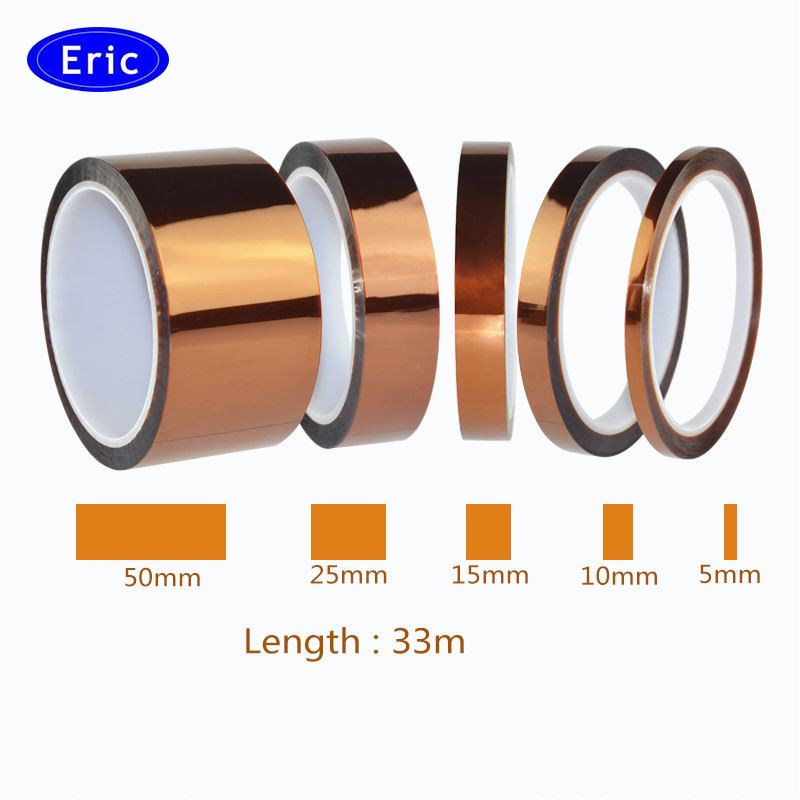Application of Glued Polyimide Film in Electronic Products
The adhesive coated polyimide film has been widely used in the electrical field: wire, coil insulation, flexible printed circuit board substrate, masking film, generator trunking, magnetic wire insulation, transformer and capacitor insulation, and pressure-sensitive tape.
One important application area is in the field of electronic products. With the rise and vigorous development of the IT industry, tablet display industry, and photovoltaic industry, it will inevitably drive the development of related supporting materials and increase market demand.
As an important raw material for printed circuit boards, integrated circuits, flat panel displays, solar cells, electronic labels, etc., polyimide films for electronic engineering (electronic grade) are increasingly playing a very important role in the application fields of electronic products mentioned above. The reason for this is that it has the following characteristics:
(1) Excellent heat resistance. The differentiation temperature of polyimide is generally more than 500 ℃, sometimes even higher, and it is one of the known organic polymers with high thermal stability, mainly because there are a large number of aromatic rings in the molecular chain.
(2) Excellent mechanical function. The tensile strength of the unreinforced matrix material is above 100MPa. The tensile strength of Kapton film prepared with maleic anhydride is 170 MPa, while that of biphenyl polyimide (Upilex S) can reach 400 MPa. The elastic modulus of polyimide fiber can reach 500MPa, which is second only to carbon fiber.
(3) Excellent chemical stability and moisture and heat resistance. Polyimide materials are generally insoluble in organic solvents and resistant to corrosion and hydrolysis. Modifying molecular planning can result in different types of structures. Some types can withstand boiling at 2 atmospheres, 120 ℃, and 500 hours of water.
(4) Outstanding radiation resistance. Polyimide film at 5 × After 109 rad of radiation, the intensity still persisted at 86%; Some polyimide fibers pass 1 × After 1010rad of fast electron radiation, the intensity persistence rate is 90%.

